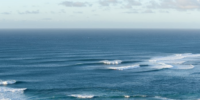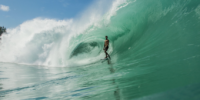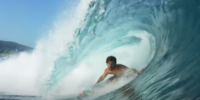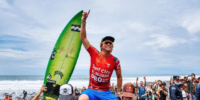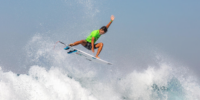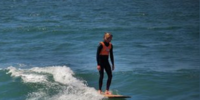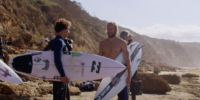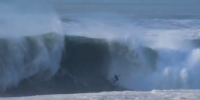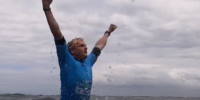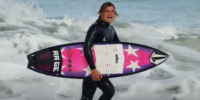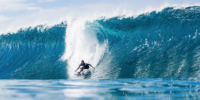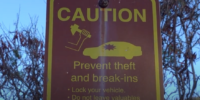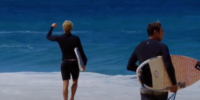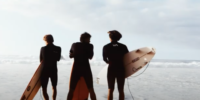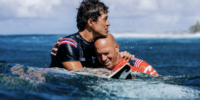Obviously, there are much more important things than surfing to keep front of mind as we deal with the current global crisis that we are facing. Yes, surfing is our life in so many ways but there are real people getting very sick, losing jobs, losing homes, etc., which is probably going to grab most of the headlines.
And rightly so.
But given that, what will tomorrow even look like in terms of surfing’s future?
The WSL does come to mind, and we suppose you could lump all competitive surfing into this conversation as well. For whatever reason, comp surfing does represent a barometer of sorts as to the “health” of surfing in general. Not sure why because if you really broke it down we are guessing that only about 30% of the everyday surf crowd even follows competitive surfing closely enough to actually miss it. Yet, it does remain as the voice of surfing in many ways.
Go figure.
Anyway, that connection assumes that comp surfing and the surf industry are indeed financially intertwined. Kind of a no-brainer in the past but given that the WSL is at least partially financed by a very benevolent investor these days, it’s a bit of a crapshoot trying to predict what the next 12-24 months might bring in regard to professional surfing.
In other words, no Dirk and all bets are off.
That in mind, let’s get into the weeds a bit.
Next six months. It’s probably doubtful that professional competitive surfing will be happening in anything less than six months. That puts us out until around September which could mean maybe Tahiti, Lemoore, and possibly one or two European events before wrapping up at Pipe. First up, will Tahiti be even open for business? If so, it just might be a great place to jump back in for many reasons, and as of today it’s isn’t sponsored by a surf brand. Which probably is a good thing. A joint presentation via a Tahitian tourism deal, maybe some non-endemic brands, and/or some WSL funding might just be about all that is available this early in the recovery period. If so, it kinda makes sense to bite the bullet and drop some coin on this one. What better place to kickstart pro surfing, and perhaps Tahitian tourism, than at Teahupo’o? Next up, Lemoore. Michelob Ultra is the title sponsor of record so deep pockets there, and the WSL owns the damn pool so this event actually might actually have some hope. Europe, however, might be a problem. Will Quik be in a position, or of the required appetite, to drop the huge funding to secure the long-held title sponsorship in France? Same for Rip Curl in Portugal? MEO, maybe, but it would seem like a tall ask for any surf brand to be coughing up this kind of money this early in what is hopefully by then a robust economic recovery. Hawaii, same deal. Oaktree owns both Quik and Bong so that is a lot of pressure to be putting on one organization over a short period, even if they are flagship events. Will someone else swoop in and grab the Pipe Masters? Hawaiian tourism will be looking for a boost, maybe a Masters partially funded by the State of Hawaii?
2021. It’s hard not to think there will be some pullback on available promotional dollars as brands begin to rebuild, and unfortunately, we will most probably still be in the throes of this financial calamity. Any event which in the past featured a title sponsor that is a surf industry brand will be iffy as those brands will surely still be struggling. One would think. And, given that many of those same brands are now owned by non-founders (read: non-surfers), the return on a spendy WSL event sponsorship will be scrutinized like never before. In 2020, at least 5 of the 11 scheduled events were to feature surf brand title sponsors so we very may see a shortened event list next year. Who knows what might happen on the QS, longboard, big wave, or even the women’s tours? We will see how the old equity thingy works out now that true financial pressure is being applied
What about the brands themselves?
Which ones will survive and which ones won’t is a scary proposition. It’s most likely there will be some market contraction, if for no other reason than there will significantly less expendable consumer dollars for at least 6 months. Probably more like 12. What does that mean? We will probably start buying boards, wetties, and the odd boardshort or two but last year’s flannel jumper will probably have to do for one more season. Even our limited knowledge of the situation here at WY understands that right now there must be shops full of stuff, warehouses full of more stuff and containers on ships with even more stuff on the way, of which is going to flat out choke the distribution chains. I guess the good news to the consumer being there are gonna be some hella sales in the coming months. Bad news to the brands being that vital profit margins will be crushed.
The biggest question mark has to be what the new normal will eventually play out to look like? Will this reset actually “right-size” things a bit? Get surf product out of discount retailers? Create some actual demand?
Get the skis back under us, so to speak.
Probably not.
We did want to also add that we hope that, in as much as possible, each and every person impacted through any loss of employment can recover and reset their lives. However, make no mistake, the surf industry will encounter some headwind in the coming months.
Yesterday is gone and we can only look forward with optimism and a hell of a lot of hope that Dirk Ziff really loves surfing.
Stay safe.
What Youth

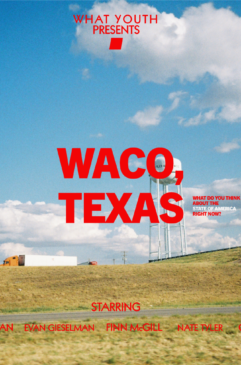
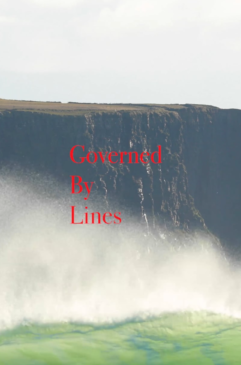
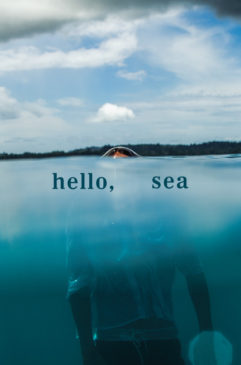
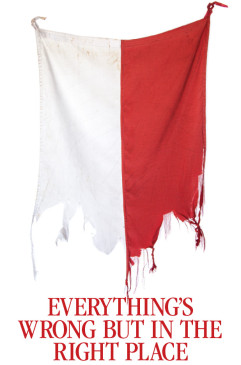
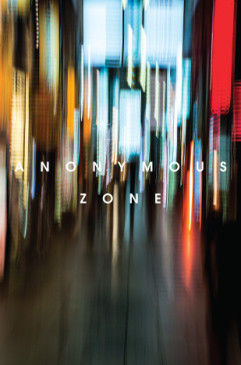

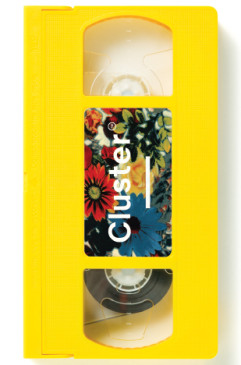
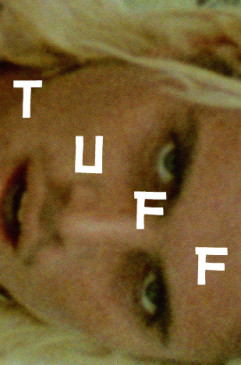
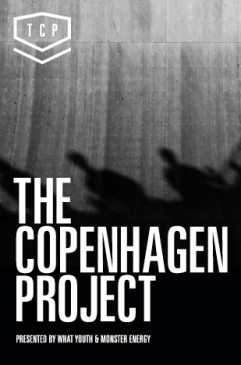
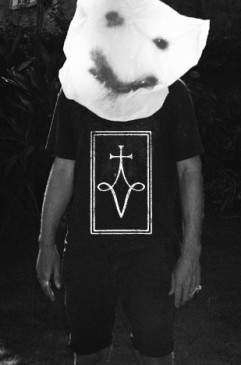

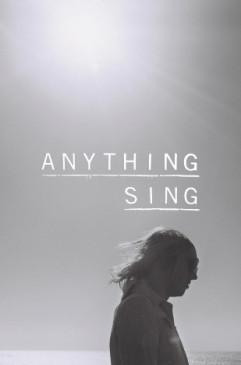


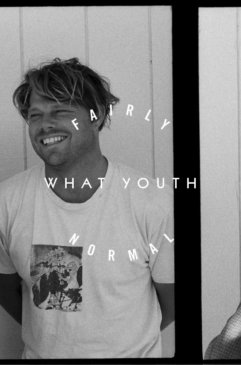

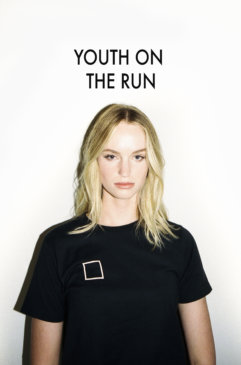
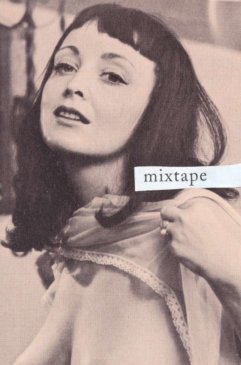

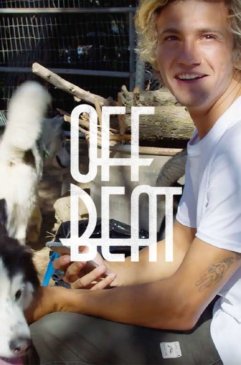


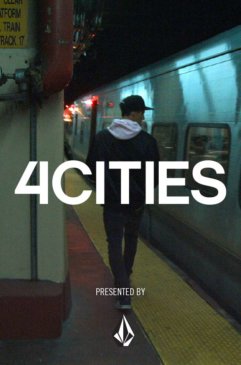
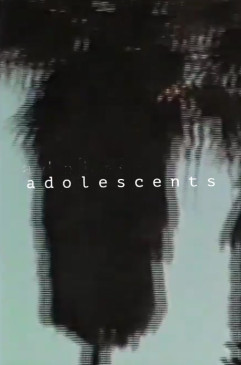
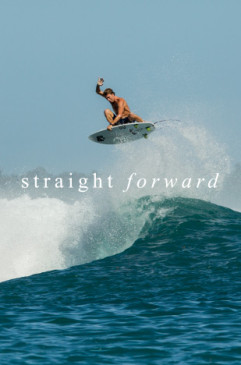
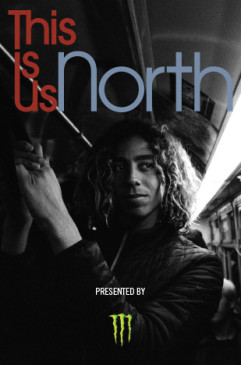
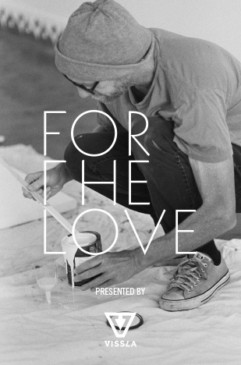
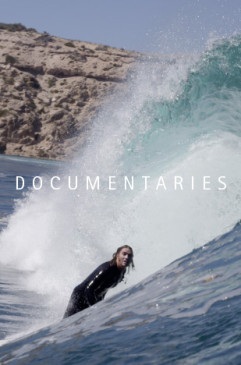
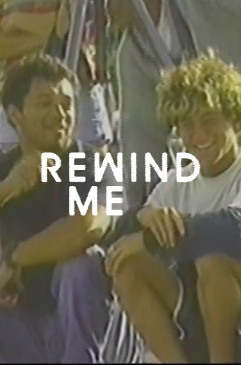
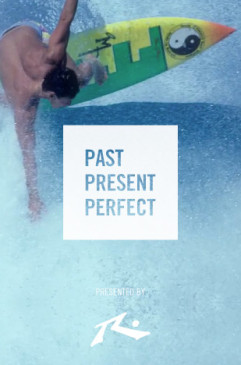
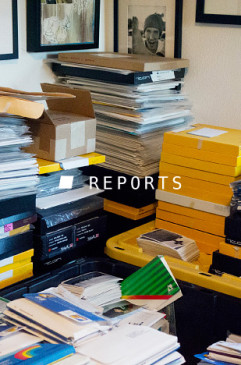
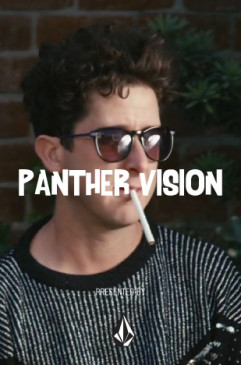
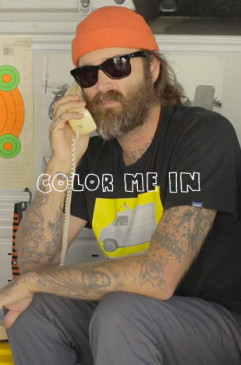
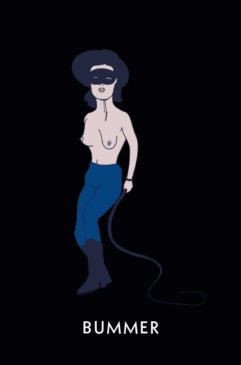
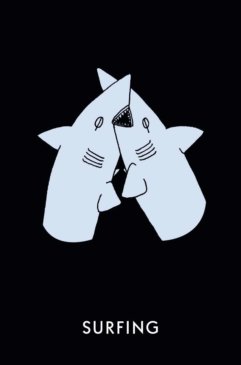
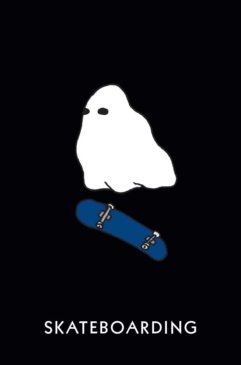
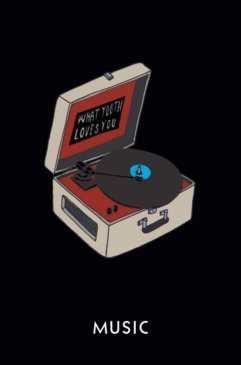

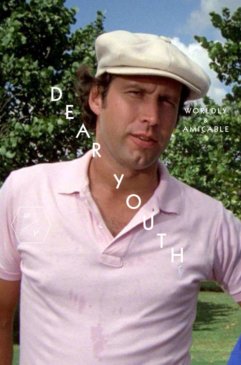
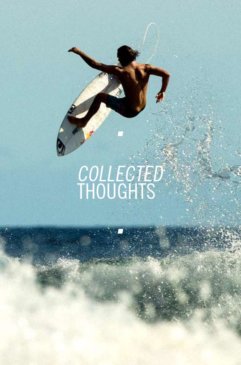







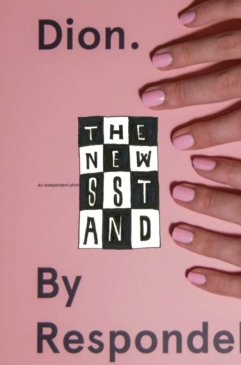
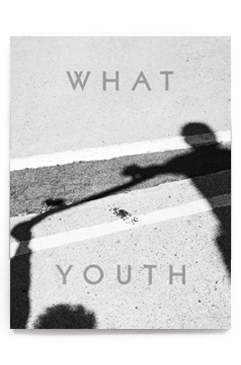
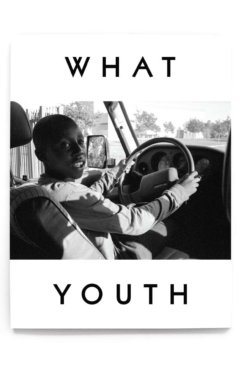
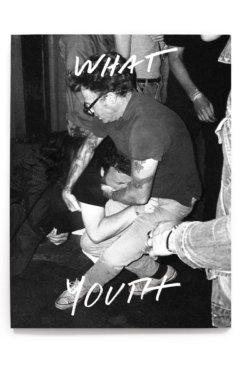
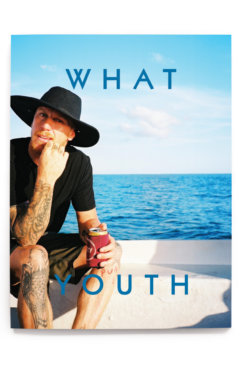
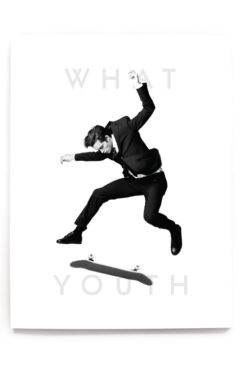
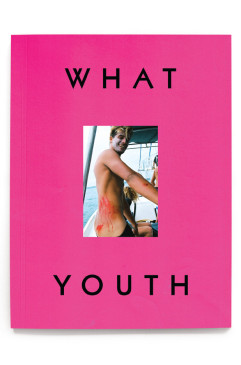
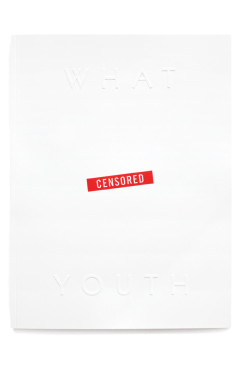
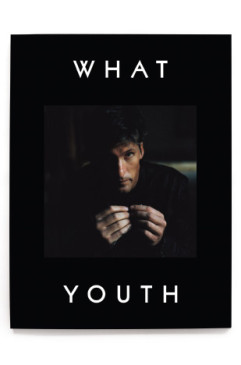
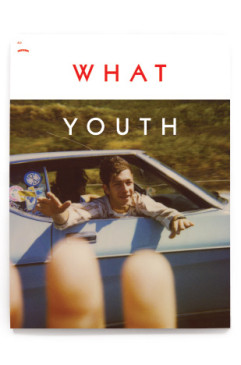
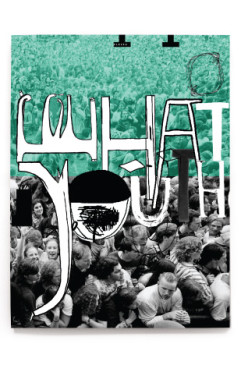
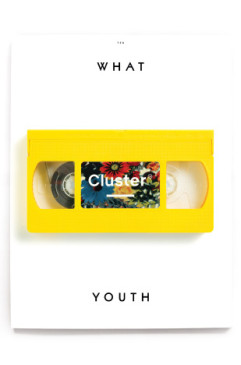
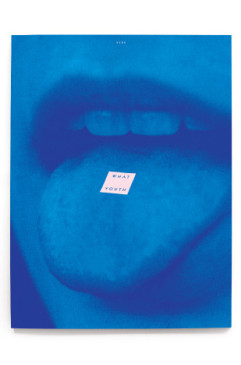
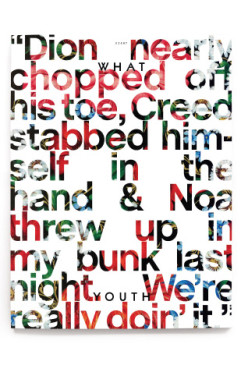
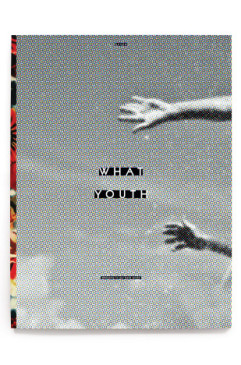
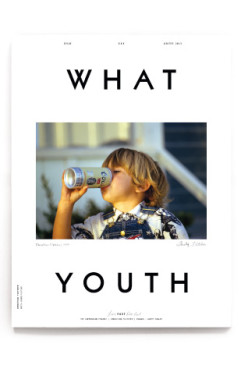
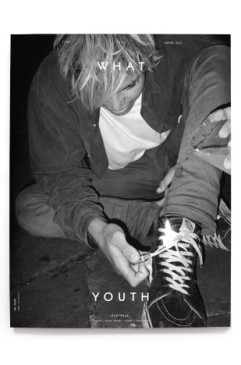
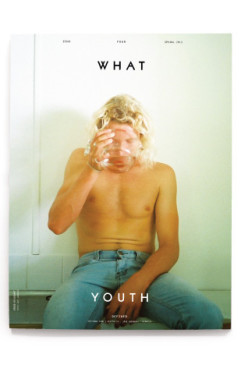
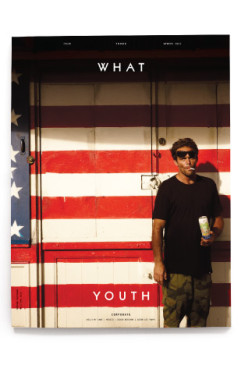
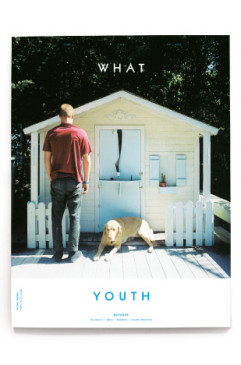

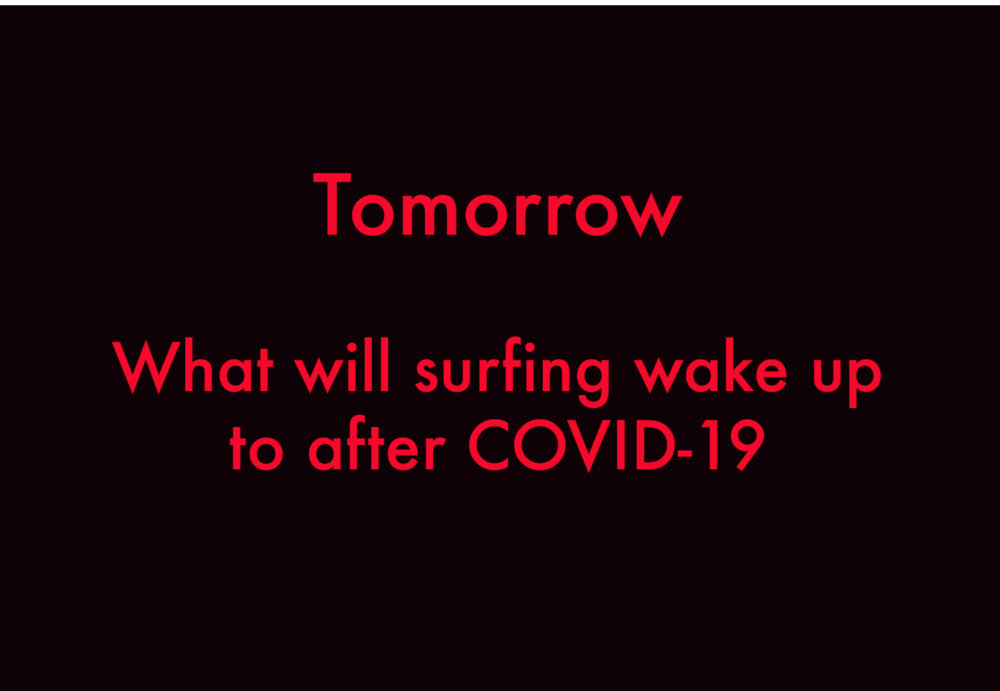
 NXT
NXT 

